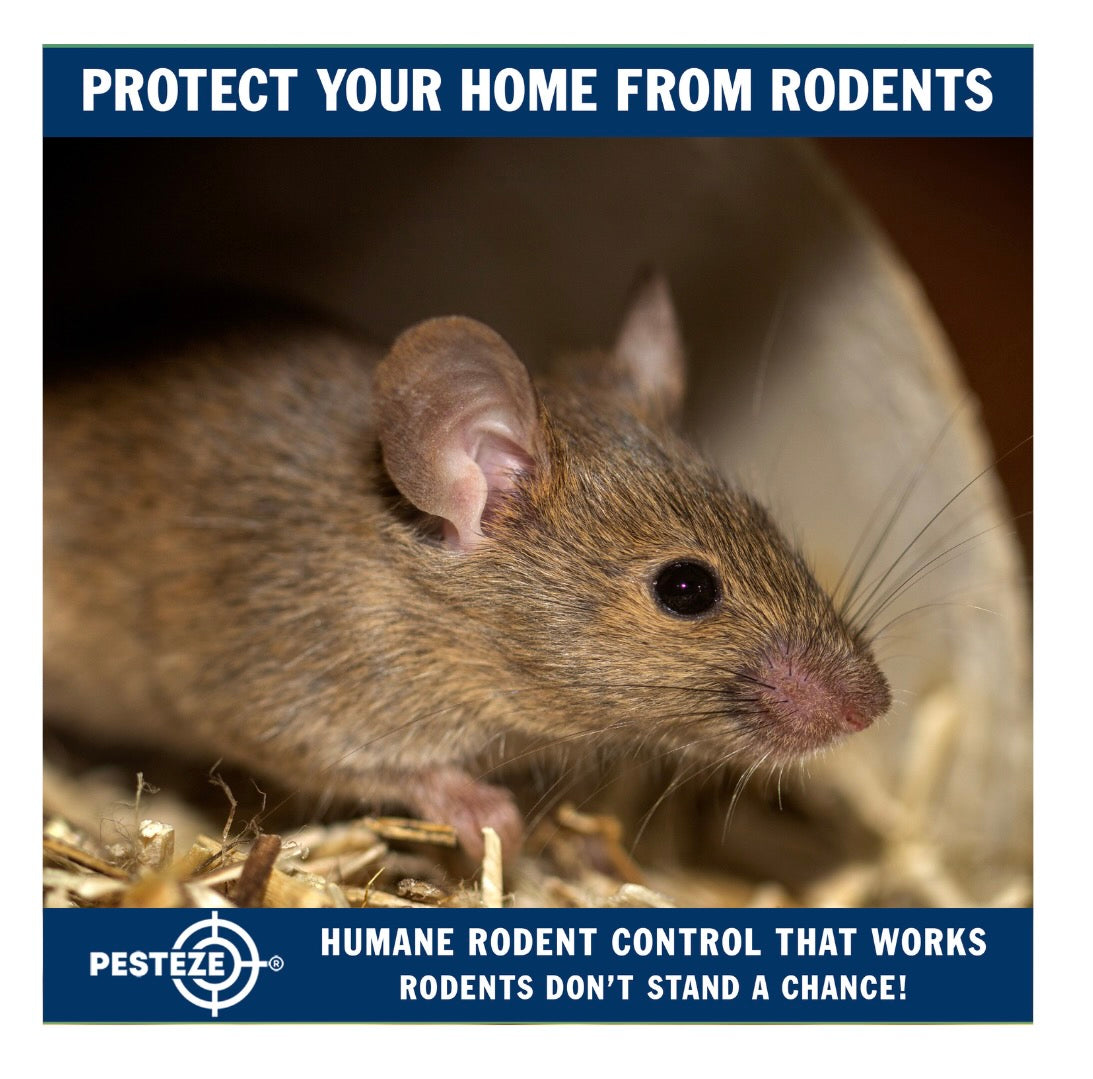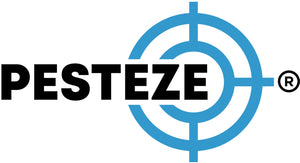INTEGRATED PEST MANAGEMENT (IPM) FOR RODENTS: A COMPLETE GUIDE

INTEGRATED PEST MANAGEMENT (IPM) FOR RODENTS: A COMPLETE GUIDE
SUMMARY
Integrated Pest Management (IPM) offers a sustainable, science-based approach to rodent control by combining multiple strategies for long-term prevention. Learn how to implement IPM techniques to keep your home or business rodent-free without relying solely on poisons or traps.
FEATURES
-
Assessment: Identify rodent species, behavior, and infestation sources.
-
Prevention: Eliminate access to food, water, and shelter.
-
Exclusion: Seal entry points to stop rodents from entering.
-
Monitoring: Use traps and technology to track rodent activity.
-
Control Methods: Combine traps, repellents, and habitat changes.
-
Evaluation: Continuously assess the effectiveness and adjust as needed.
DESCRIPTION
Integrated Pest Management (IPM) is a comprehensive approach to rodent control that focuses on long-term prevention through a combination of practices. Instead of relying solely on reactive measures like poisons or snap traps, IPM addresses the root causes of infestations and uses environmentally responsible techniques.
The first step in IPM is a thorough assessment. Identifying the rodent species—whether mice, rats, or another type—along with understanding their nesting and feeding behavior, helps tailor the strategy. This includes inspecting for droppings, gnaw marks, runways, and potential entry points around the property.
Next, IPM emphasizes prevention. Rodents are drawn to food and shelter, so eliminating those attractants is essential. Store food in sealed containers, clean up spills immediately, fix leaky pipes, and avoid clutter that provides hiding spots.
Exclusion involves physically blocking rodents from getting inside. Use durable materials like metal flashing, wire mesh, or concrete to seal gaps in foundations, walls, and around utility lines. Even holes as small as a quarter inch can be an entry point for mice.
Monitoring is a cornerstone of IPM. Regularly check for signs of rodent activity using traps or electronic monitoring tools. This helps gauge whether your prevention strategies are working or if further action is needed.
When necessary, implement control methods. Use snap traps, live traps, or bait stations as appropriate, avoiding overreliance on chemical solutions. Habitat modification, such as trimming vegetation and reducing outdoor food sources, enhances your control efforts.
Finally, evaluation ensures the success of your plan. Continuously track rodent activity and re-inspect your property to adjust tactics as needed. A successful IPM program is dynamic, adapting over time based on results.
By integrating multiple techniques and focusing on long-term solutions, IPM provides a safe, effective, and eco-friendly way to manage rodents.
- Nikita Gulrajani


Comments 0